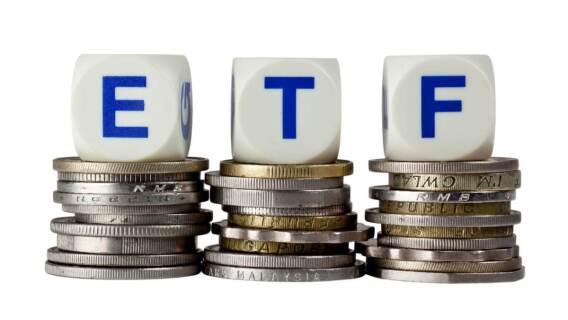We all know how tough it is to get into Harvard and Yale these days.
The competition is intense as thousands of applicants with straight A’s and perfect SATs don’t have a chance. Applicants need some sort of edge such as successfully starting a business, special charitable activity or outstanding athletic or musical talent.
Interestingly, the same heated competitive spirit exists between the managers of these college’s giant endowments. It’s not just about bragging rights. It determines just how much financial aid these colleges can offer to highly sought after students or finance new buildings that can help separate them from the Ivy pack.
Right now, Harvard has the largest endowment at $39.2 billion, with Yale at $29.4 billion. But in the latest fiscal year ending in June 2018, Yale posted a 12.3% return, beating Harvard’s 10% return.
To put things in perspective, $1,000 invested in the Yale endowment in 1995 would be worth over $15,000 today. Impressive.
[text_ad]
How Harvard and Yale Do It
How can you achieve similar gains? Let’s explore how these endowment teams approach investing by highlighting how that approach differs from the ordinary individual investor’s.
First, while many individual investors focus on the short term and chase funds with the highest recent returns, endowments put their energies into asset allocation. By this I mean figuring out what percentage of their capital to put in different buckets of assets.
A key difference is the variety of buckets endowments use to diversify with the goals of lowering risk, volatility and increasing returns.
For example, below is the asset allocation for Yale University that was described in a New York Times article. This is just to show you how long-term and creative they are in spreading their capital around.
Absolute Return Funds: 26%
Venture Capital: 18%
Foreign Equity: 16%
Leveraged Buyout Funds: 15%
Bonds, U.S. Equity, Resources: 25%
It is obvious that the major difference is that endowments allocate more capital to what is referred to as alternative assets. These include private equity, venture capital, real assets such as timberland and precious metals, venture capital and hedge funds covering all sorts of assets including frontier markets, currencies and global macro.
The number of hedge funds out there is seemingly limitless, but they can be broken down into two categories. Some seek absolute returns by using a long/short approach and tend to generate steady but unspectacular returns. Directional funds, on the other hand, allocate assets using only limited hedging. Both fund types seek better returns than a benchmark, and are dependent on the investment process, the skill of the fund manager or (let’s face it) just plain luck.
These alternative assets aren’t something you can invest in one day and sell the next. Along with the potential for high returns comes less liquidity and the obligation to tie up capital for several years. That is why endowments very carefully pick their money managers. Though some of you may have the resources to invest directly in these funds, I encourage you to be very careful and selective.
But there’s a better, easier way to beat Harvard and Yale: by building your own endowment fund using transparent, low-cost and flexible exchange-traded funds (ETFs).
The below portfolio of 12 ETFs needs to be adjusted for your personal financial situation so you should consult your advisor as to weightings, but it’s a good start toward building an endowment strategy of your own. The percentage allocations are a bit conservative.
12 ETFs to Beat Harvard and Yale
25% U.S. Equity: S&P 500 (SPY)
5% Real Estate Investment Trusts: Vanguard Global ex-US Real Estate (VNQI)
10% U.S. Treasury Inflation-Protection Securities: (TIPS)
5% International Bonds: SPDR Barclays International Treasury Bonds (BWX)
10% Emerging Market Equity: WisdomTree Emerging Markets Small Cap (DGS)
5% Emerging Market Government Bonds: Vanguard (VWOB)
10% Real Assets: PowerShares DB Commodities (DBC)
5% International Real Estate: SPDR Dow Jones International Real Estate (RWX)
10% Private Equity: PowerShares Global Listed Private Equity (PSP)
5% Global Infrastructure: iShares Global Infrastructure (IGF)
5% Timber: iShares Global Timber & Forestry (WOOD)
5% Foreign Currency: Invesco DB G10 Currency Fund (DBV)
This endowment portfolio of ETFs will definitely not beat a red-hot U.S. stock market. But over the long haul, it might be a solid core for you to build around—in tandem with stock picks—so that you can have the best of both worlds.
And if you need any help with the stock picking part, you’ve come to the right place! Cabot Wealth Network offers 12 investment advisories, catering to every investment type: growth investing, income investing, value investing, trading, options trading and emerging markets, which happens to be my area of expertise.
To learn how to sign up for any one of these investment advisories—all of which offer regular stock picks, and all of which routinely beat the market (and Harvard and Yale) on an annual basis (which is why we’ve stayed in business for half a century!)—simply click here.
*Editor’s note: A previous version of this post listed several funds that are no longer open to new investors.
[author_ad]


